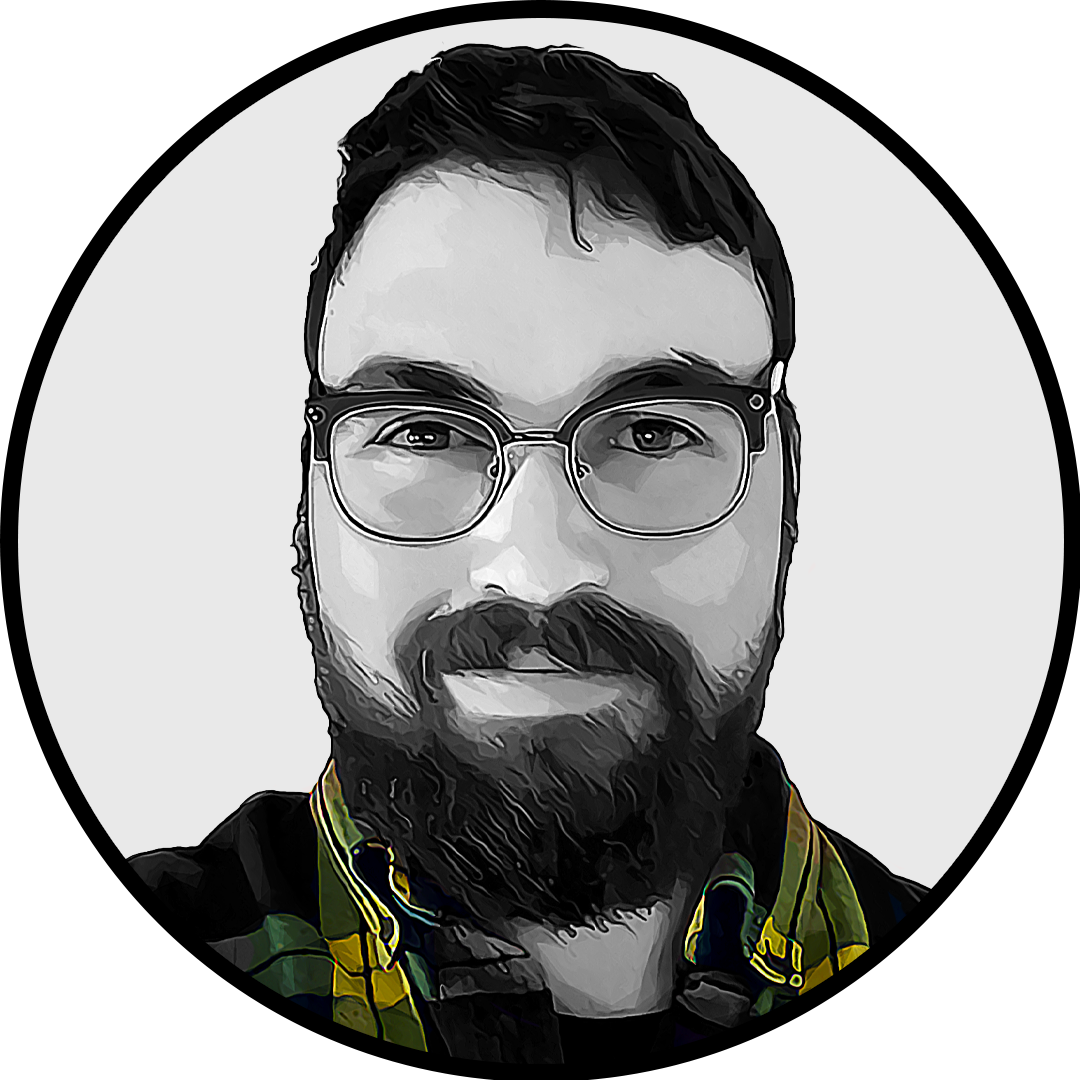Over the last weekend before the start of VALORANT Champions 2023, a passionate discussion about the tier-two scene and the Ascension/partnership model took place, spearheaded by a back-and-forth between two very influential names.
In a post on July 29, the global head of VALORANT esports Leo Faria attempted to assure fans that a robust plan for improving the tier-two scene was coming—one that includes a “fully revised calendar, more opportunities to compete,” and a focus on sustainability. But Faria referring to The Guard, the VCT Americas-bound NA roster that won Ascension, as a “guest team” led to a Twitter discussion with content creator and tier-two VALORANT team owner Ludwig.
During the discussion, Ludwig pushed for the relegation of VCT teams “to add true value to Ascension teams,” noting that it would be “incredibly silly” for The Guard to dominate teams in VCT Americas for two years only to be sent back down to Challengers. While tier-two concerns about sustainability and an offseason that’s too long are perfectly valid, the answer isn’t relegating partnered VCT teams.
When Riot decided on the 30 partners for the VCT, it wasn’t picking VALORANT teams based solely on competitive success; it was picking organizations that met the criteria for sustainability and growth. Just look at both OpTic and XSET, for example. They were the two top teams from North America in 2022 and neither was selected to join VCT Americas.
As impressive as The Guard’s run in Ascension was, and as good as the players can be in the next two seasons of VCT Americas, it’s hard to look at the organization and say that it’s sustainable, considering the mass layoffs to its content, social, talent, and creative teams back in February and the reports that the organization is looking to sell or shut down both its CDL and OWL franchises. Consider also that The Guard applied for partnership but was turned down, indicating Riot must have seen something that wasn’t up to its standards, at least when compared to the other 10 partners.
Related: How do partnered VALORANT teams make money?
In the hypothetical scenario where The Guard dominates over the next two years, the notion that the players would just unceremoniously go back to tier two is completely ridiculous. There is no scenario in which the players aren’t picked up by partnered teams after that happens, either as a group or as individuals. The point of tier two is to stoke tier one with the best talent, and in the scenario where The Guard dominates and all the players stay up in tier one, then that goal is accomplished.
Of course, this isn’t to say that tier-two VALORANT doesn’t currently have problems. Ascension is a fair but still brutal format, and in such a long offseason with nothing currently on the schedule, it’s going to be hard for organizations to justify keeping rosters on until it resumes next year. This in turn makes life tough on the players, who are effectively left jobless for months on end.
The big reveal for the tier-two overhaul from Riot and Faria needs to come sooner than later or the tier-two scene is going to continue to see players and organizations bow out, with no guarantees that they return. Notably, this has to feature a more stacked calendar, more opportunities to earn revenue, events that pit tier-one squads against tier-two teams, and events that feature the content creators who have provided a massive boon to pro VALORANT viewership.
Should partnered teams be guaranteed their spots forever? No. If a team is consistently finishing at the bottom of the league, doing the bare minimum in deliverable content, and not building a fan base, then Riot has to step in. But one bad competitive season resulting in the relegation of VCT teams would completely undo the sustainable approach Riot has taken with VALORANT. And no one wants that.







Published: Jul 31, 2023 01:41 pm